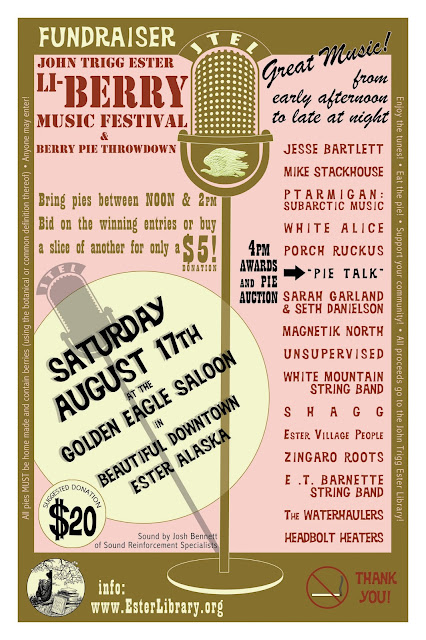- Saturdays: 9 am to 6 pm
- Sundays: 10 am to 6 pm
- Mondays: 2 pm to 6 pm
- Tuesdays: 2 pm to 6 pm
- Wednesdays: 2 pm to 6 pm
- Thursdays: 2 pm to 6 pm
- Fridays: 2 pm to 6 pm
The Clausen Cabin is an annex to the main library, which still is at the first floor of the red-and-white building across the street. Now, however, the main library holds adult fiction and nonfiction, reference titles, and movies, while the Clausen Cabin holds the Ruth Jasper Children's Collection, gardening and cooking books, food and agricultural issues titles, music books and recordings as well as sheet music, homesteading titles, and the Growing Ester's Biodiversity seed library. For the time being, Alaska nonfiction titles remain in the main library.
The main library has its 9 am to 9 pm, 7 days a week hours, but the Clausen Cabin will be open only when staffed. The neon OPEN sign in the window will let you know we're there! Come on by!

